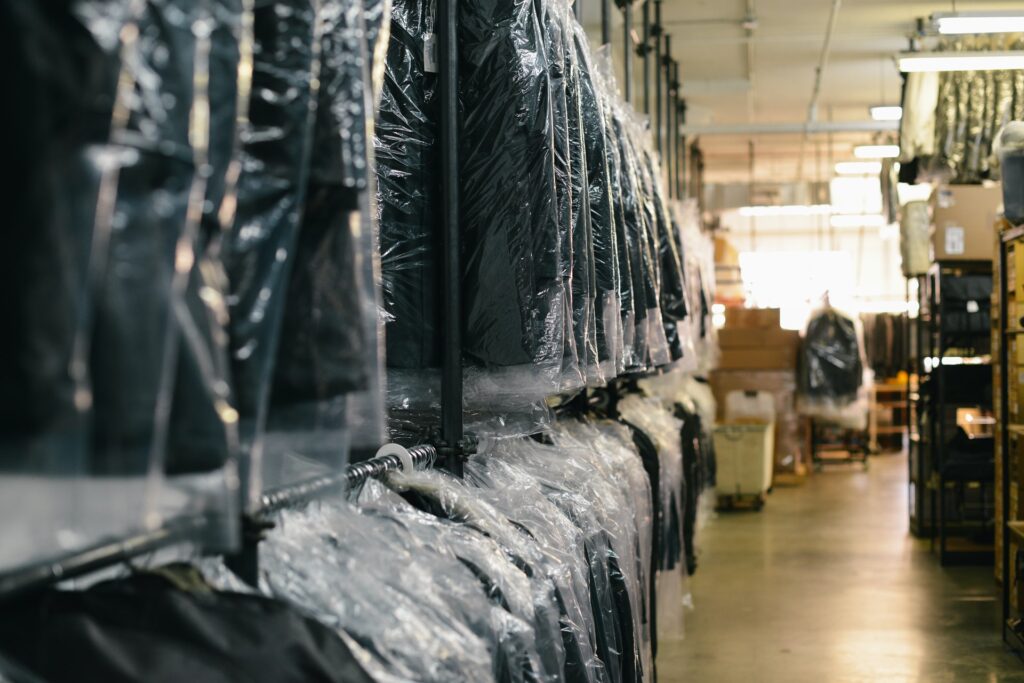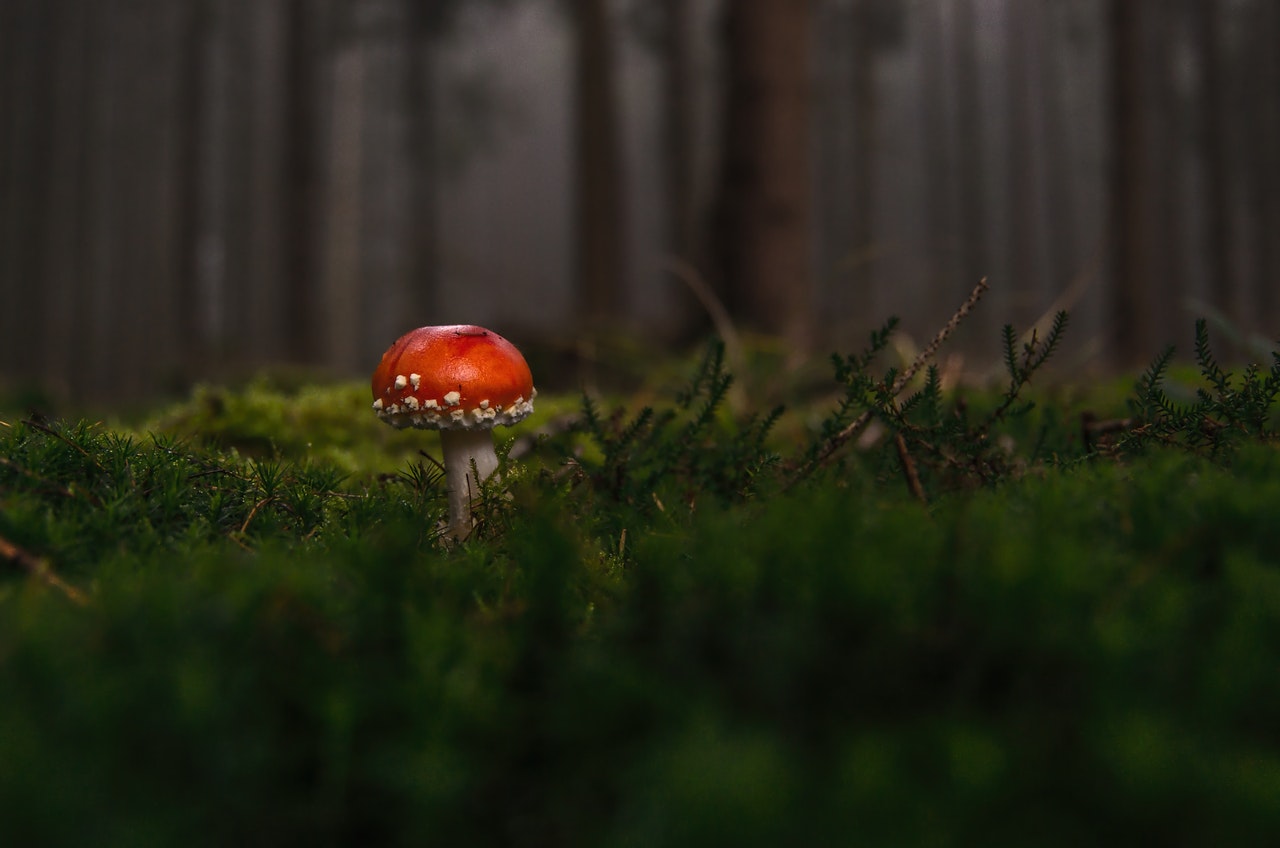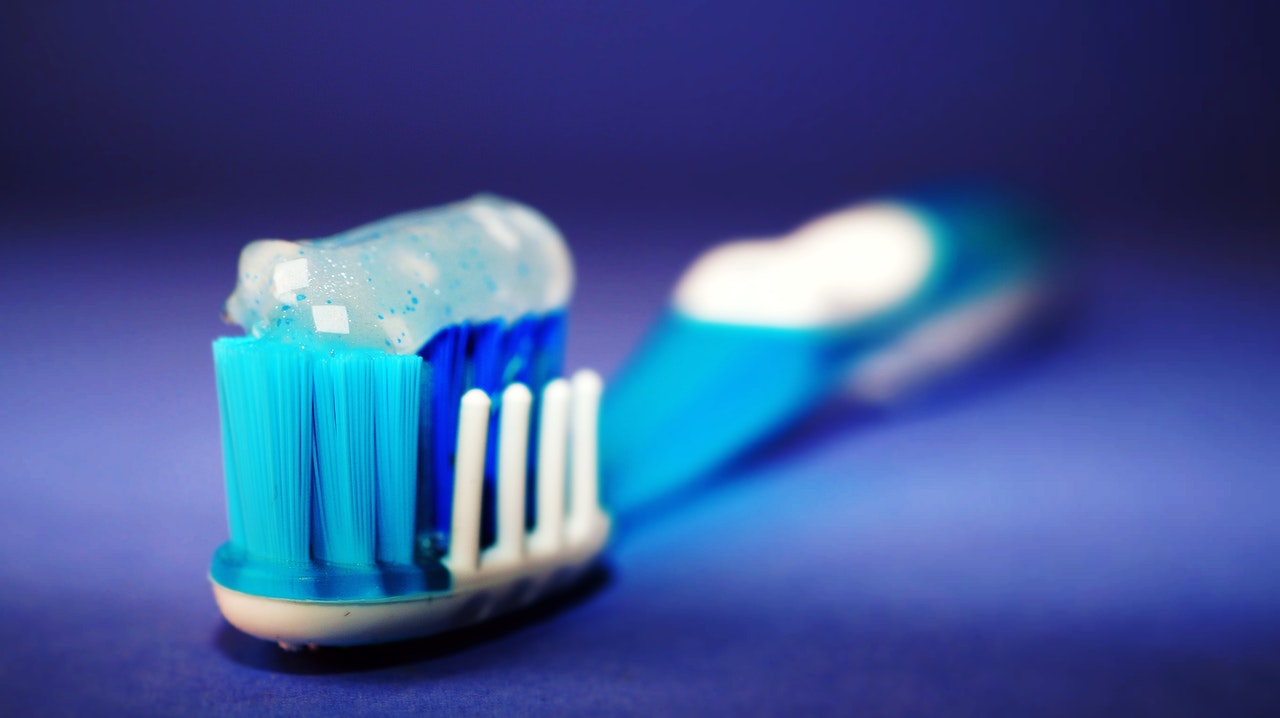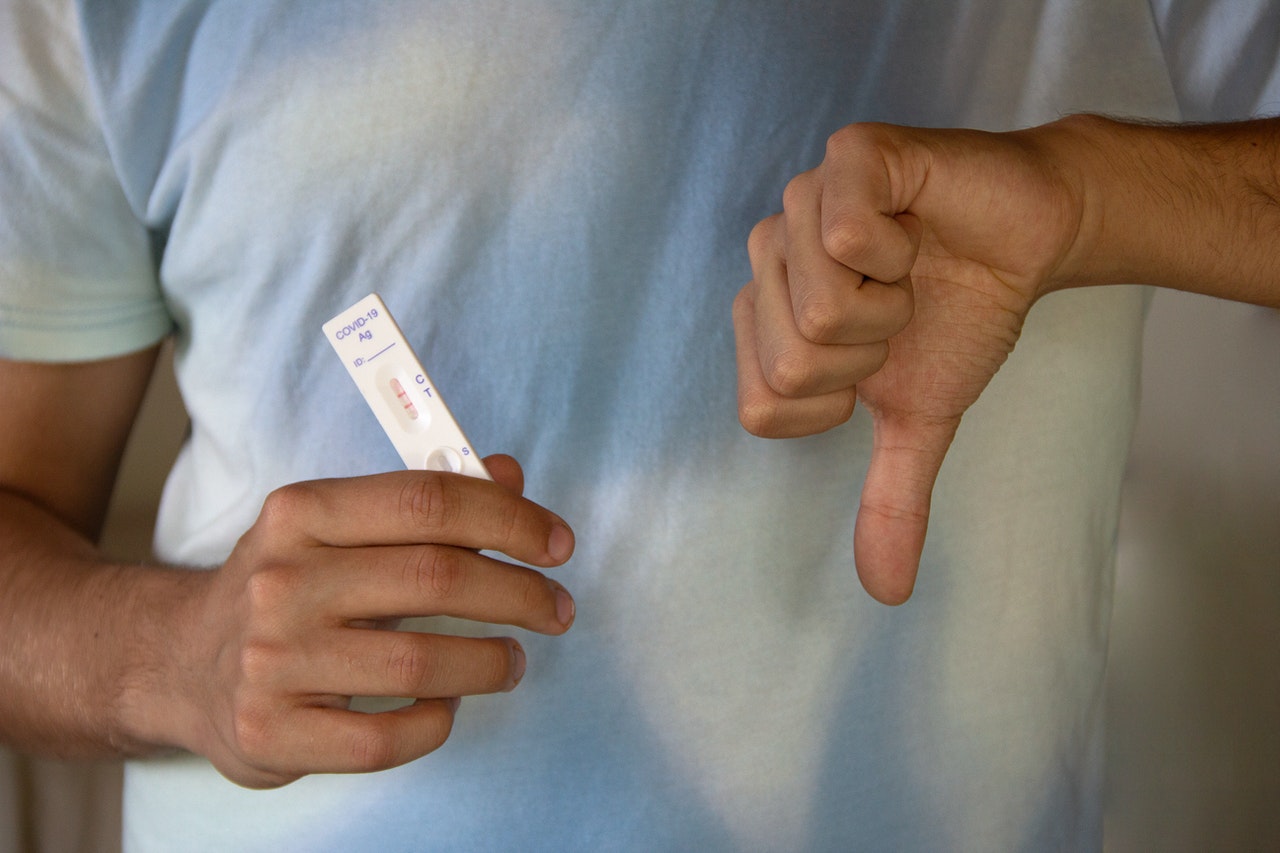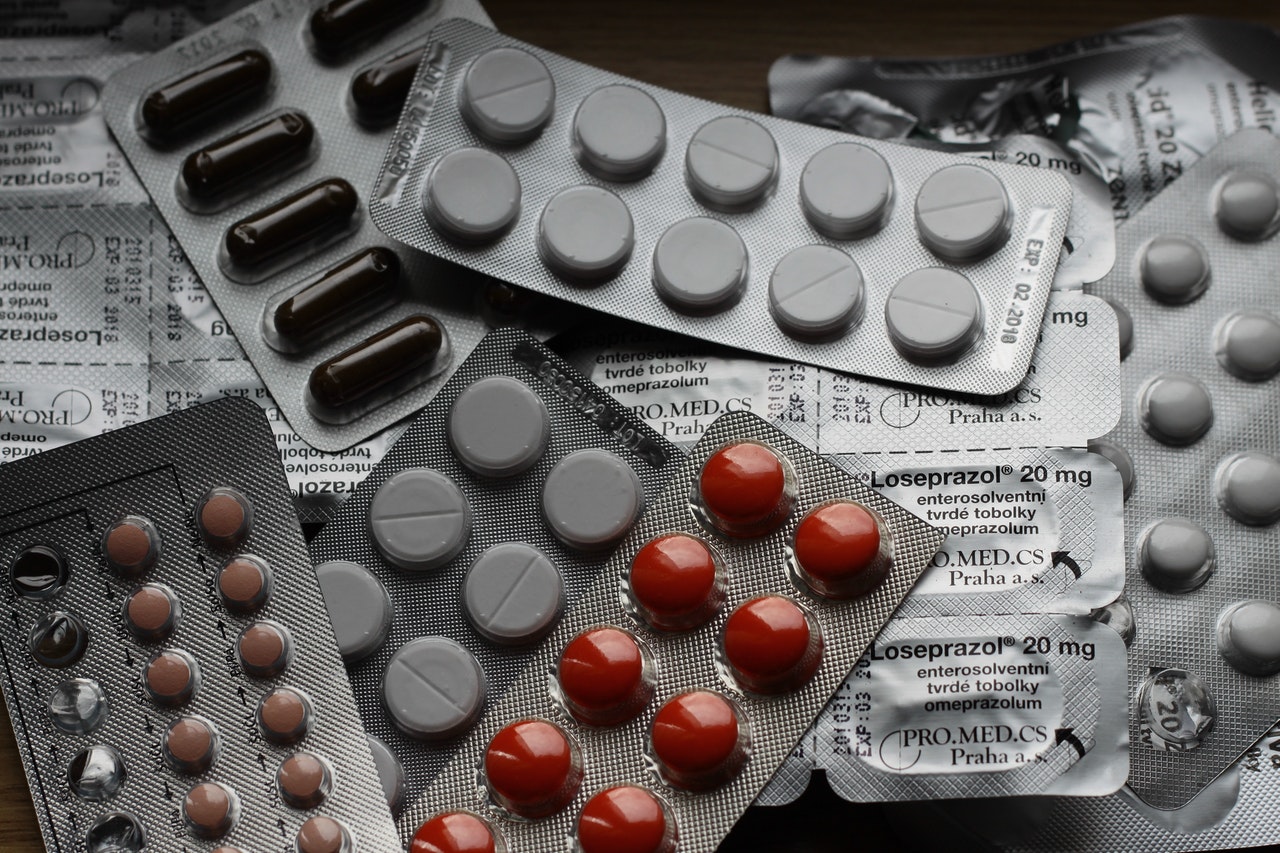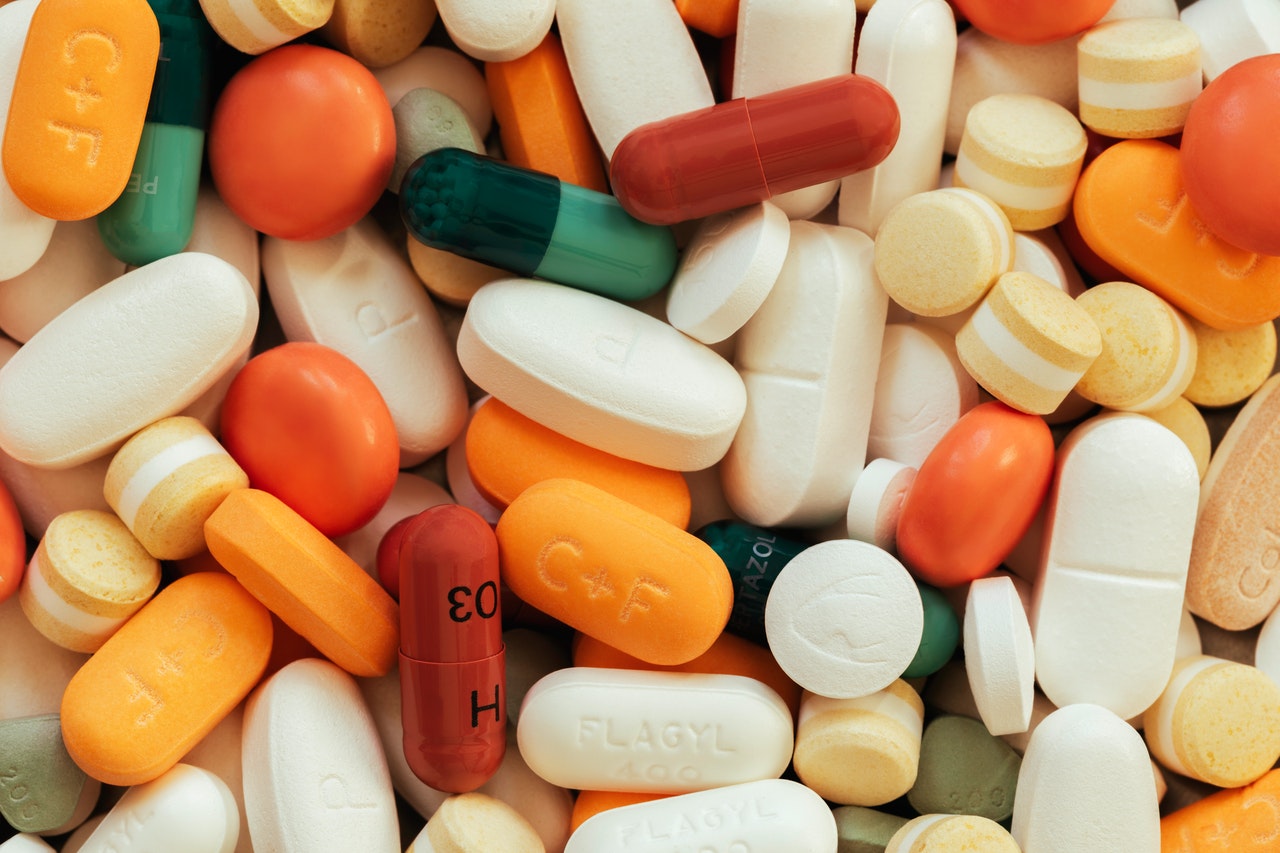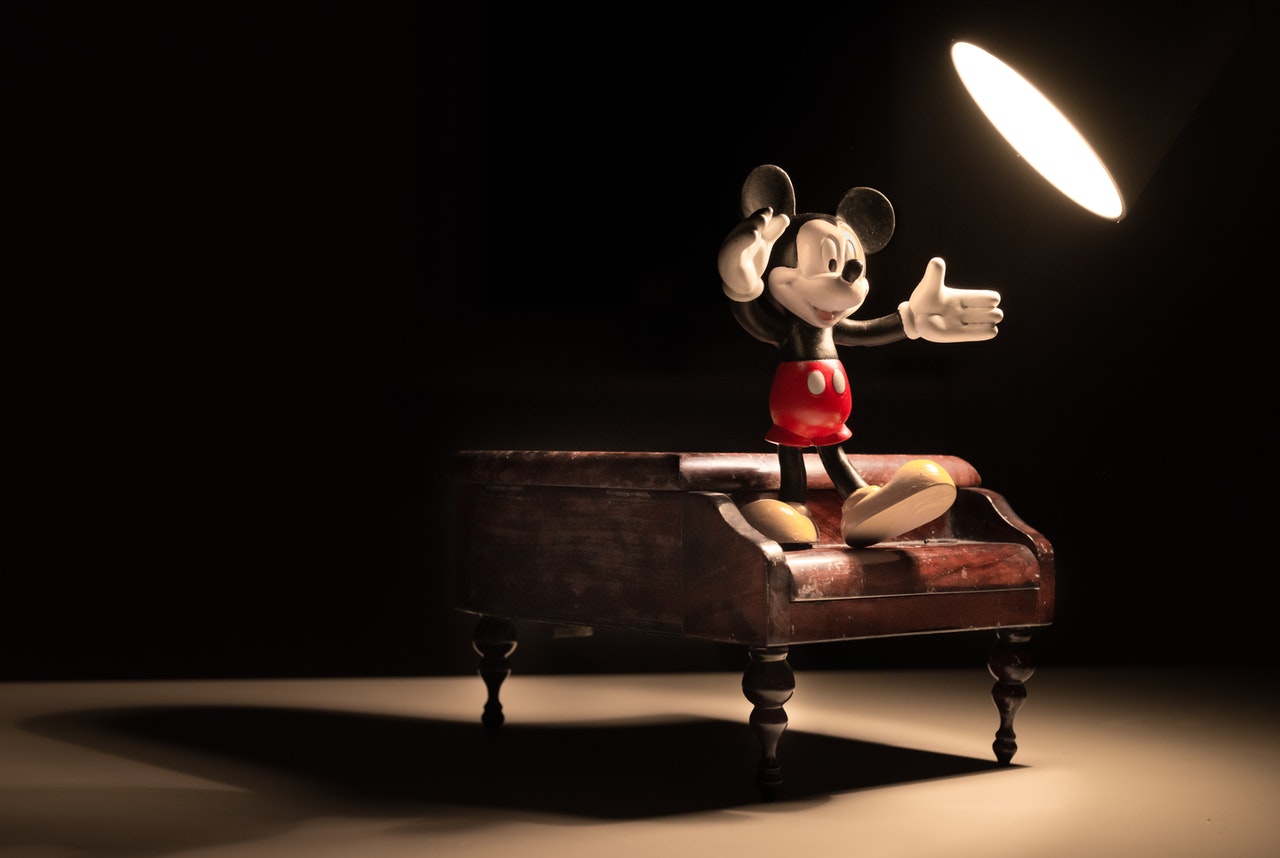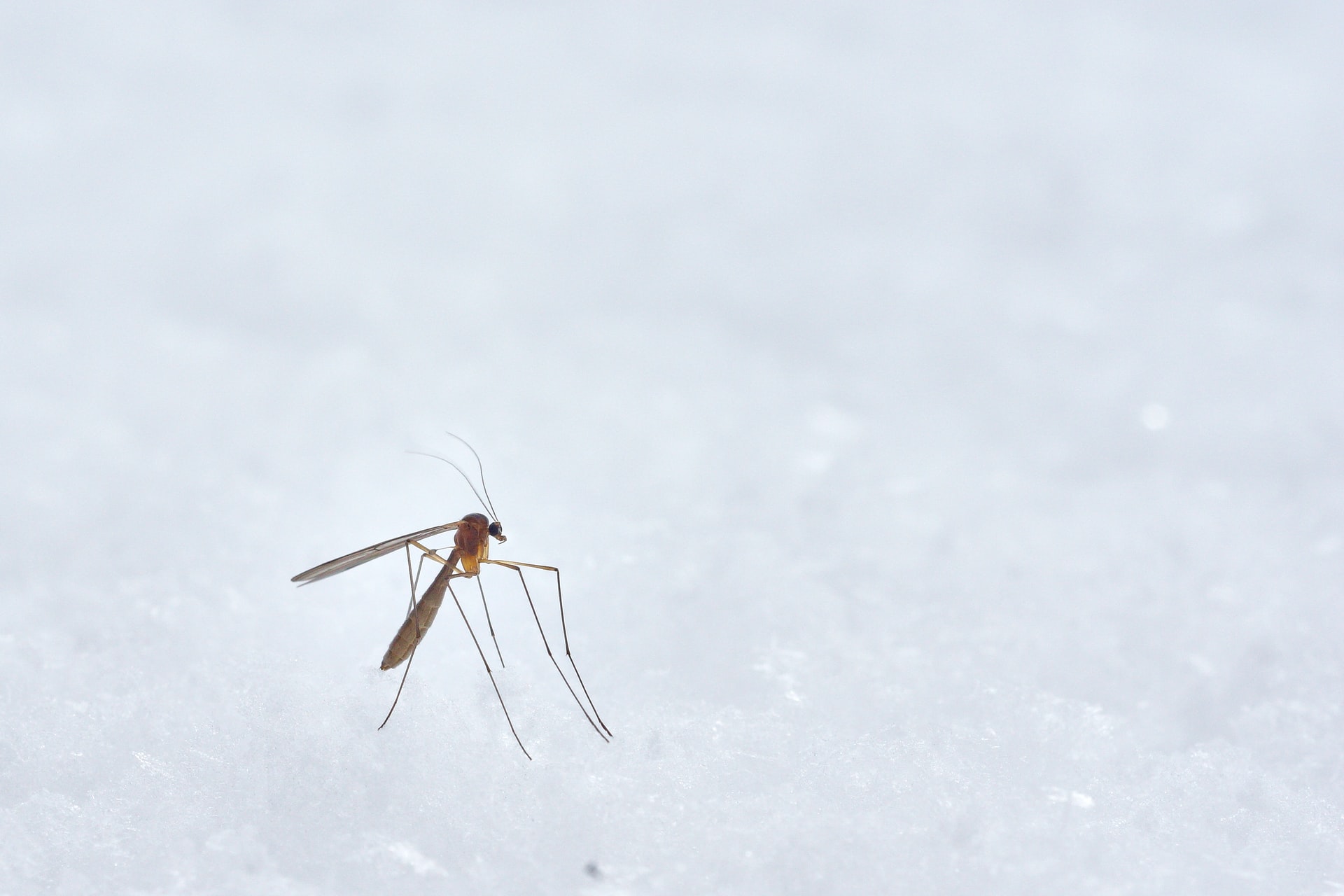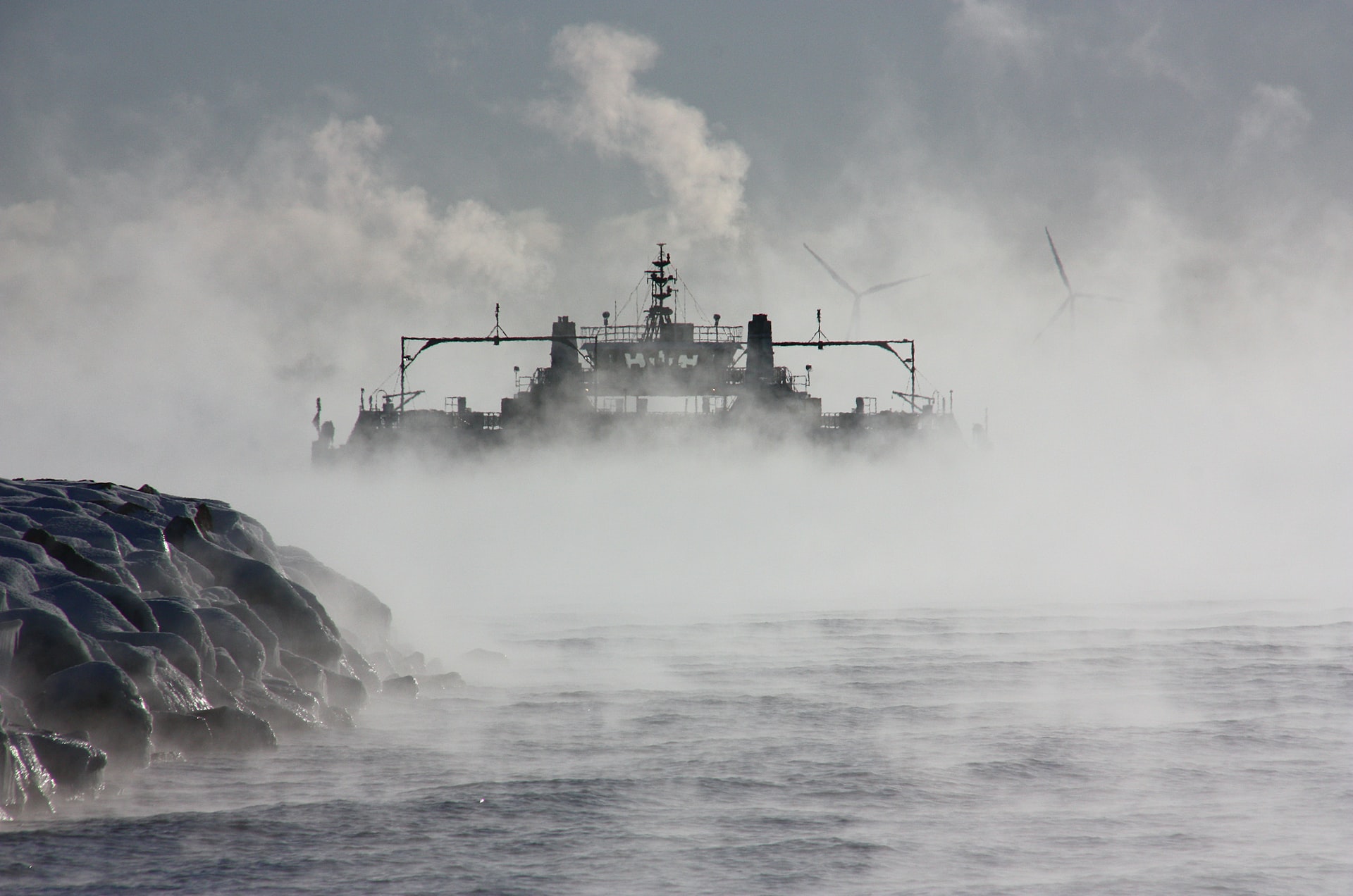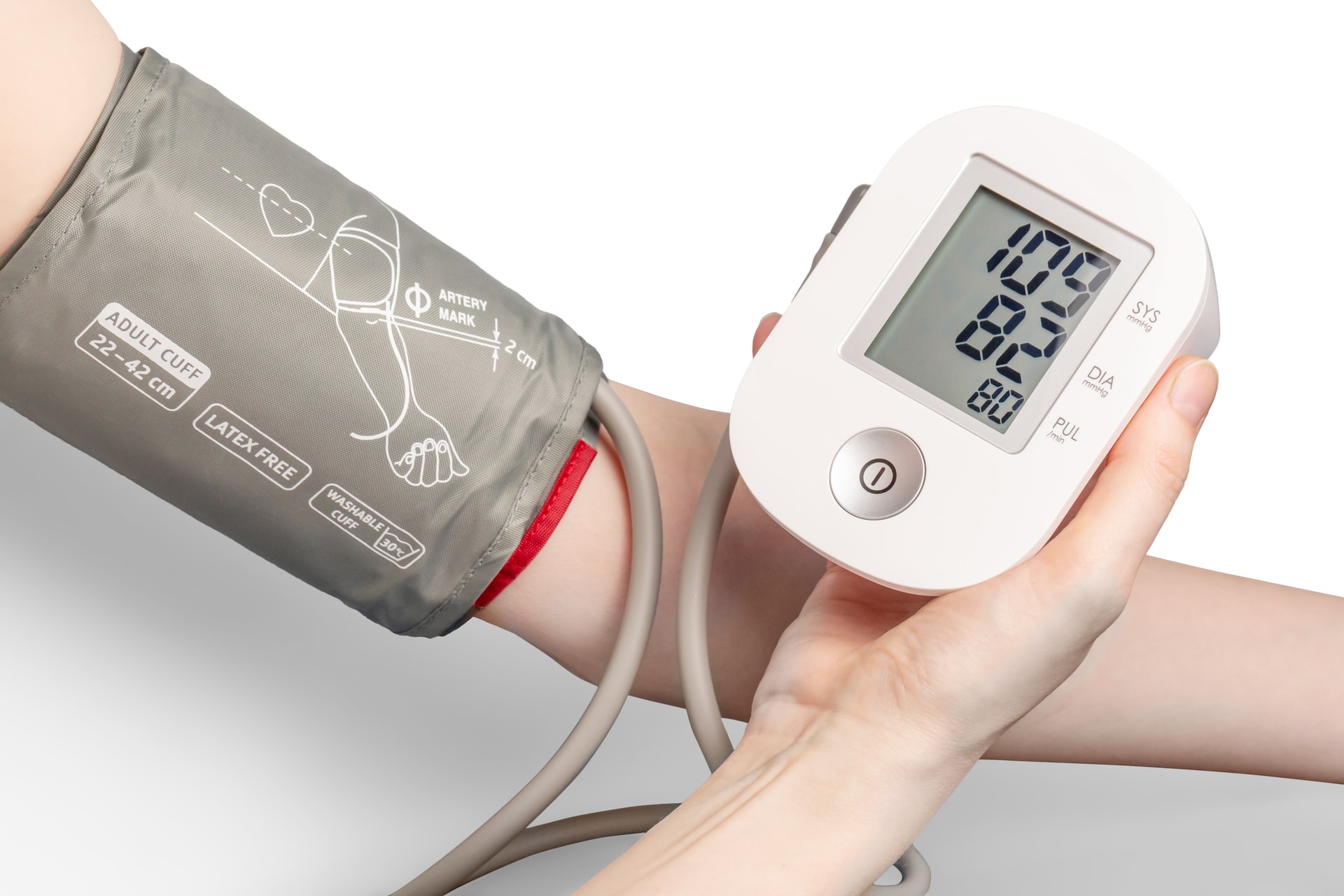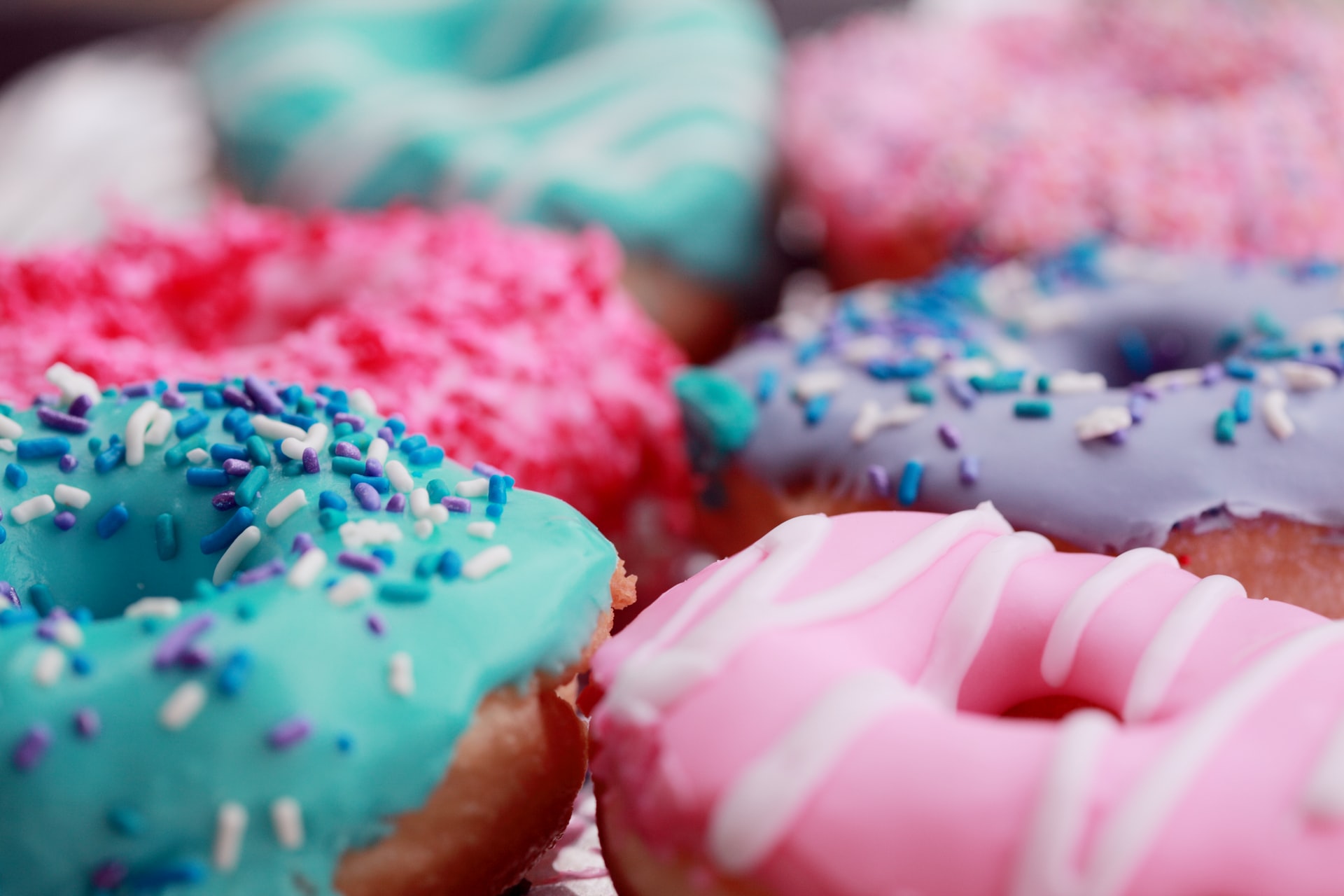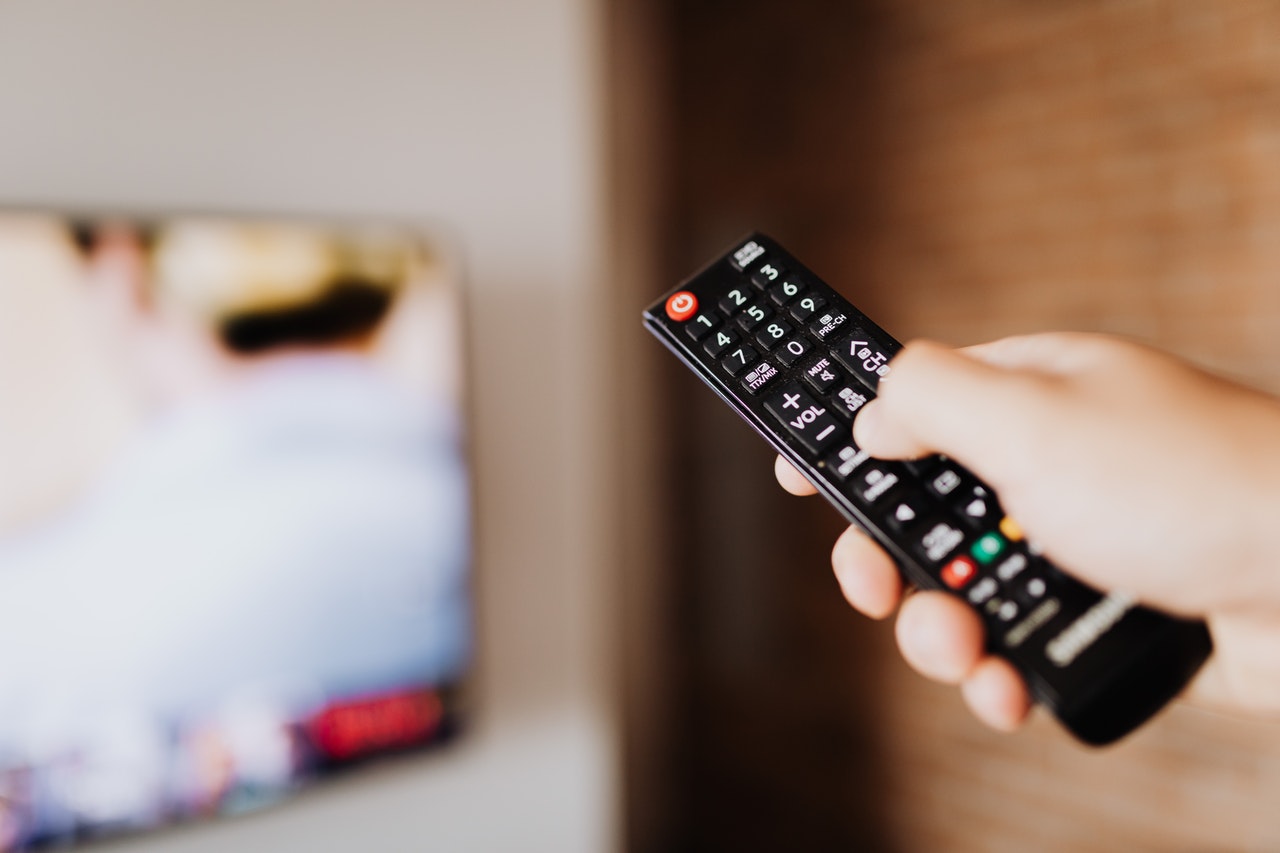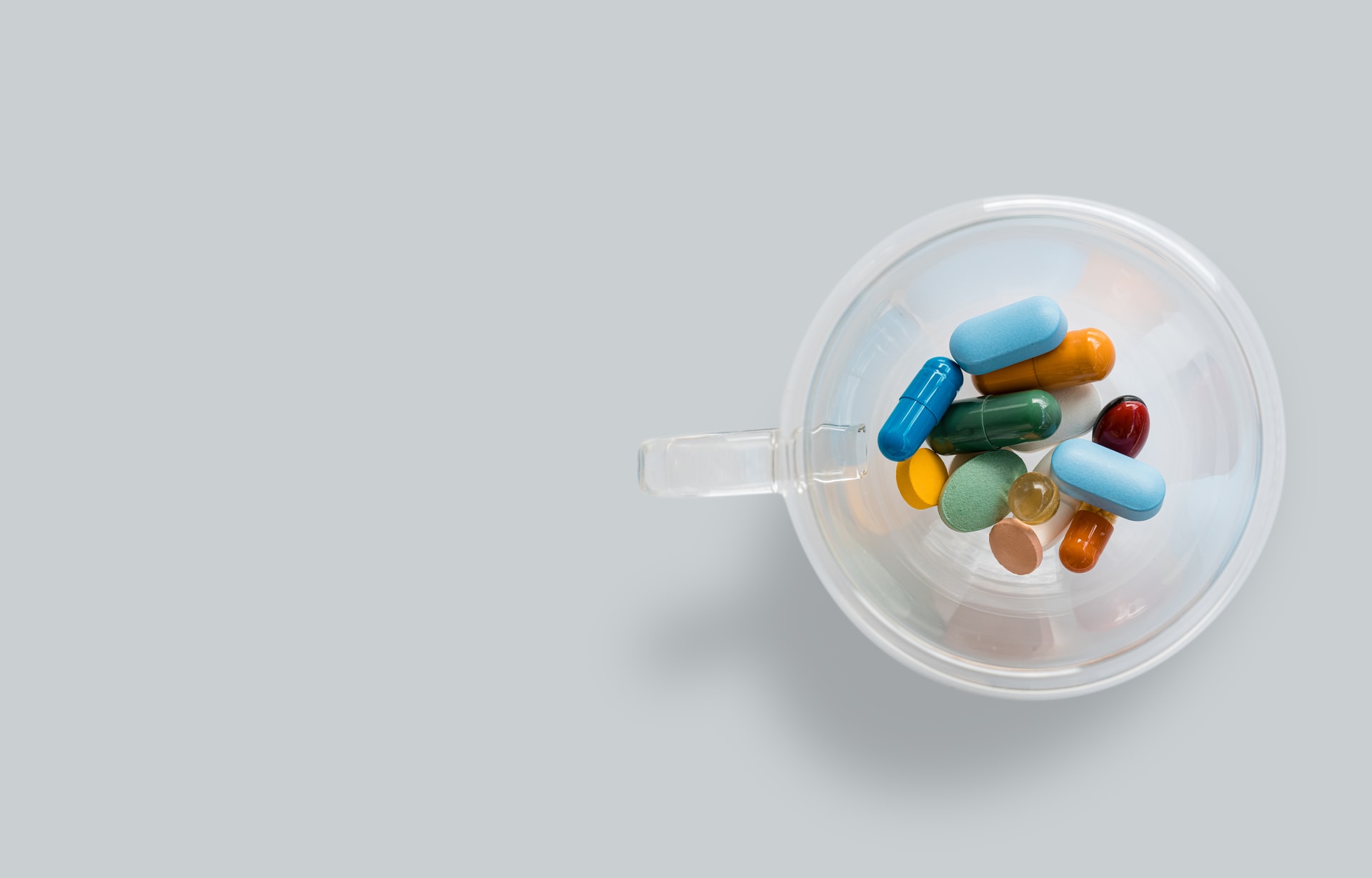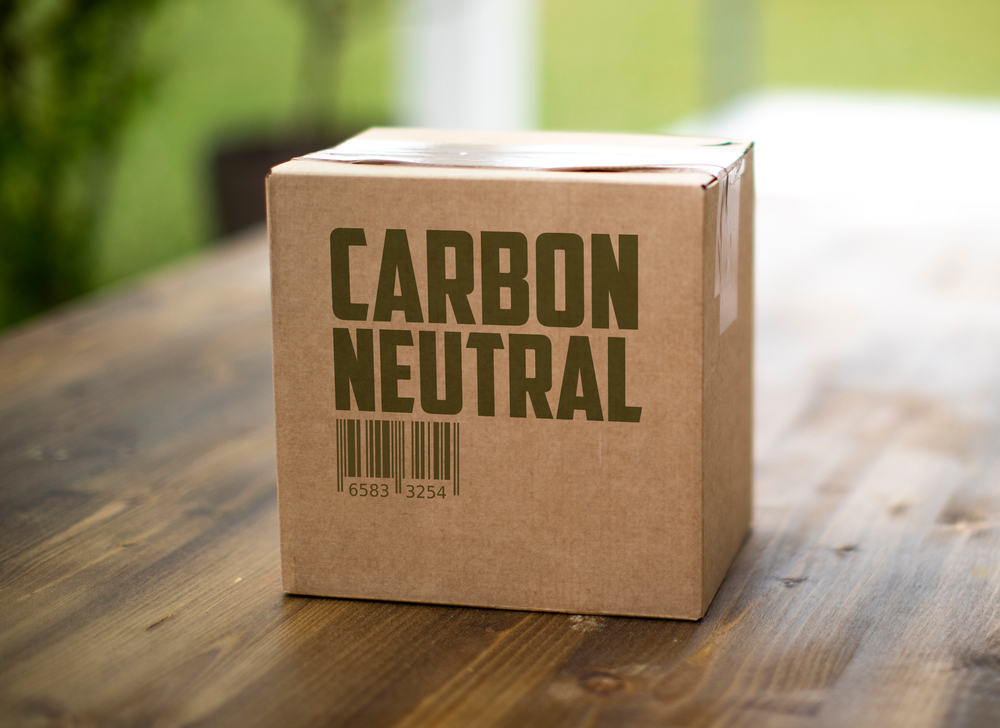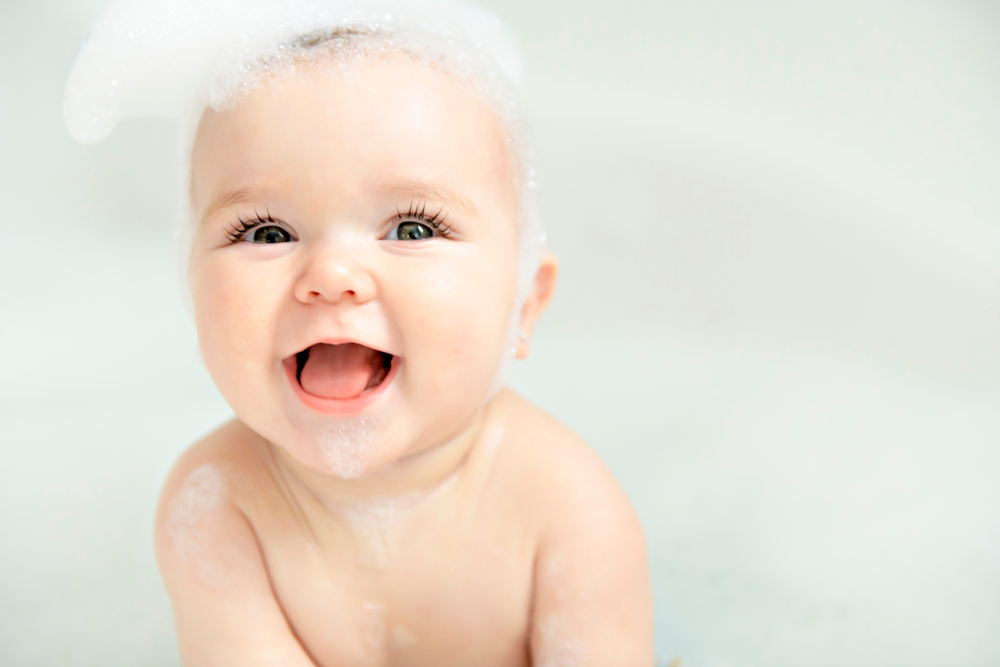Reading Time: < 1 minutes
- Different sources attribute the invention of Drycleaning to different people.
- But the most popular theory is that someone called Jean-Baptiste Jolly once accidentally spilled kerosene from his kerosene lamp onto a linen table cloth.
- There was a grease mark on the tablecloth, and when the ‘kerosene spot’ dried, the grease mark was gone.
- He began experimenting and found that kerosene was indeed effective in removing stains.
- He opened the first dry cleaning store between 1825 and 1845 (no one is sure) and continued using kerosene.
- Soon other dry cleaners opened and began experimenting with different solvents (liquids with an ability to dissolve other substances).
- Benzene & gasoline replaced kerosene at some places, but they were equally dangerous to handle and flammable.
- By the mid-1900s, dry cleaners moved to perchloroethylene (more famously known as perc), and most use perc even today.
- So, in essence, dry cleaning is not actually dry—just that it uses some liquid other than water.
- A dry cleaning machine is like an industrial size washing machine.
- Dry cleaners put clothes inside, fill the machine with perc, set the temperature at 30OC.
- The machine agitates the clothes to scrub the stains away.
- The perc that drains out is filtered to remove any impurities and is used again for another load.
- Some dry cleaners claim they use the green method—this means they use liquified CO2 instead of perc.
Image courtesy of m0851 through Unsplash
Reference shelf :

